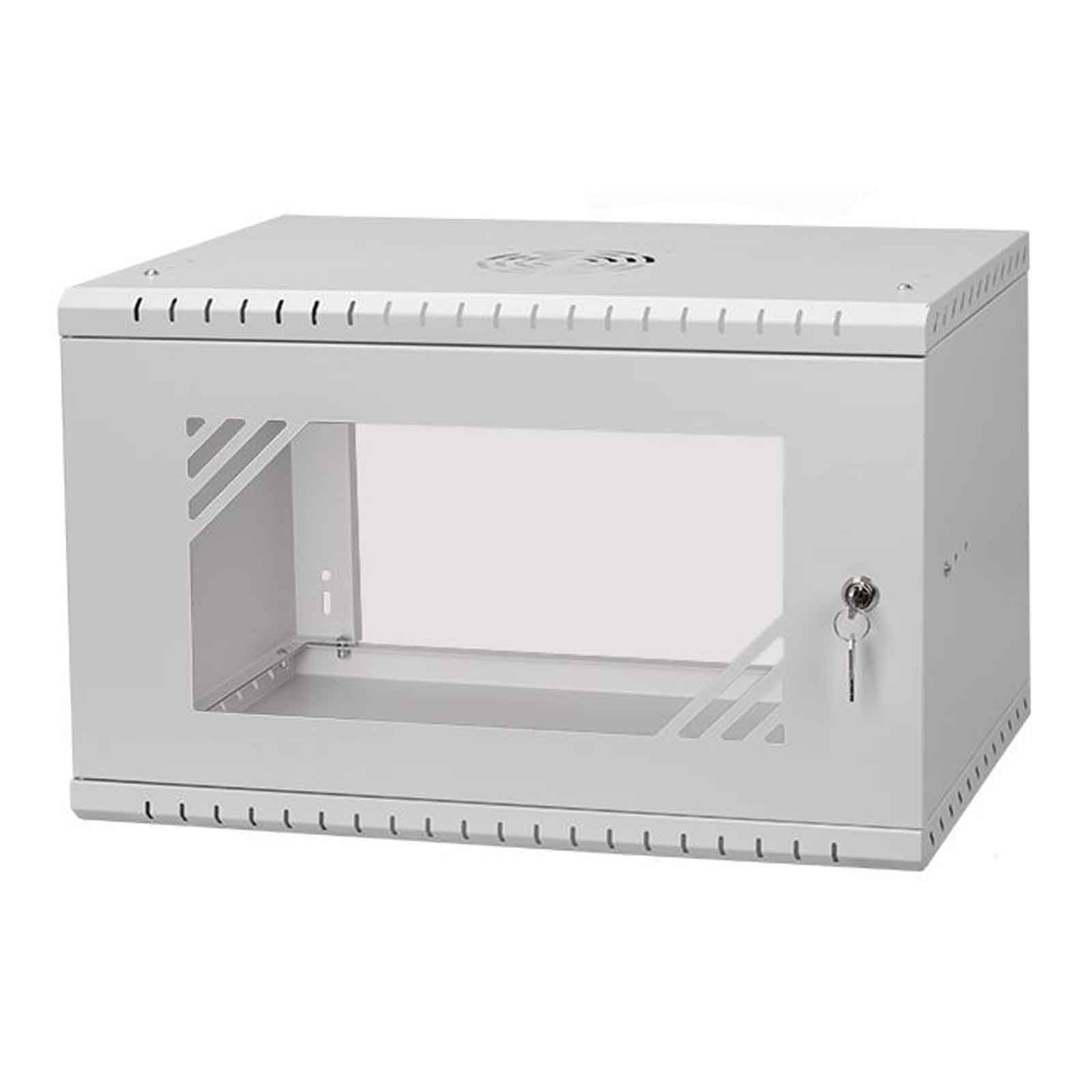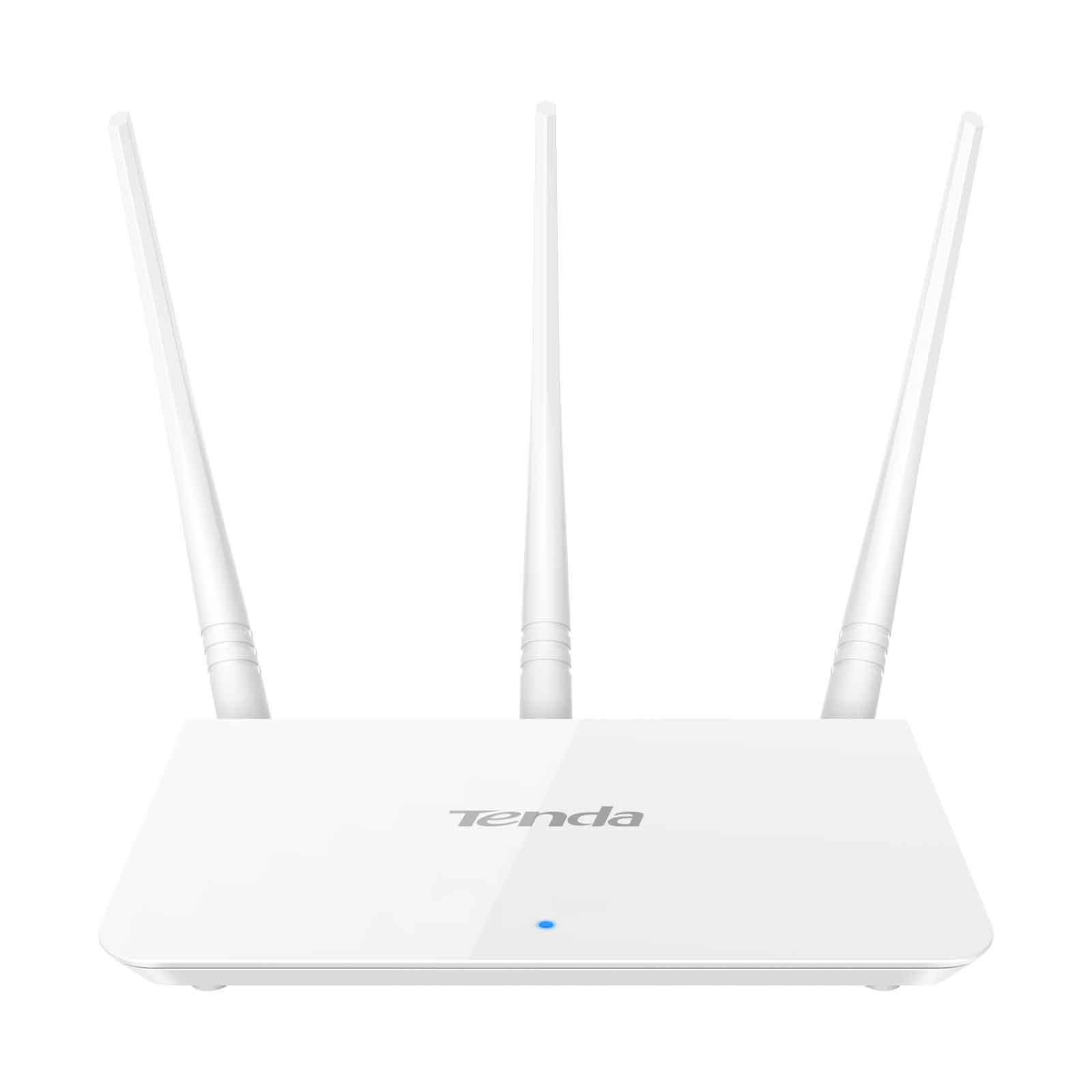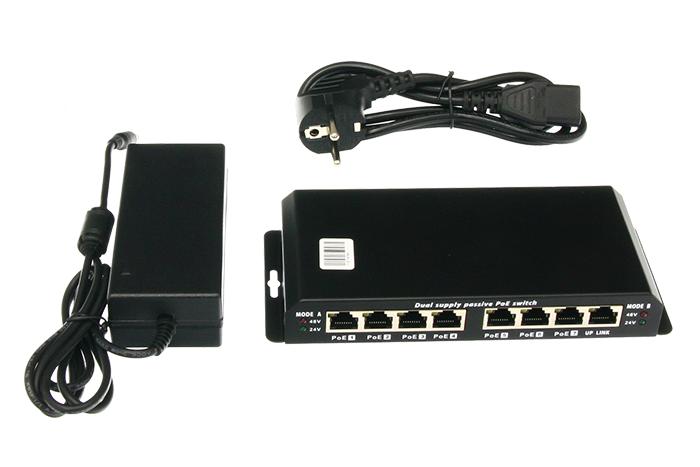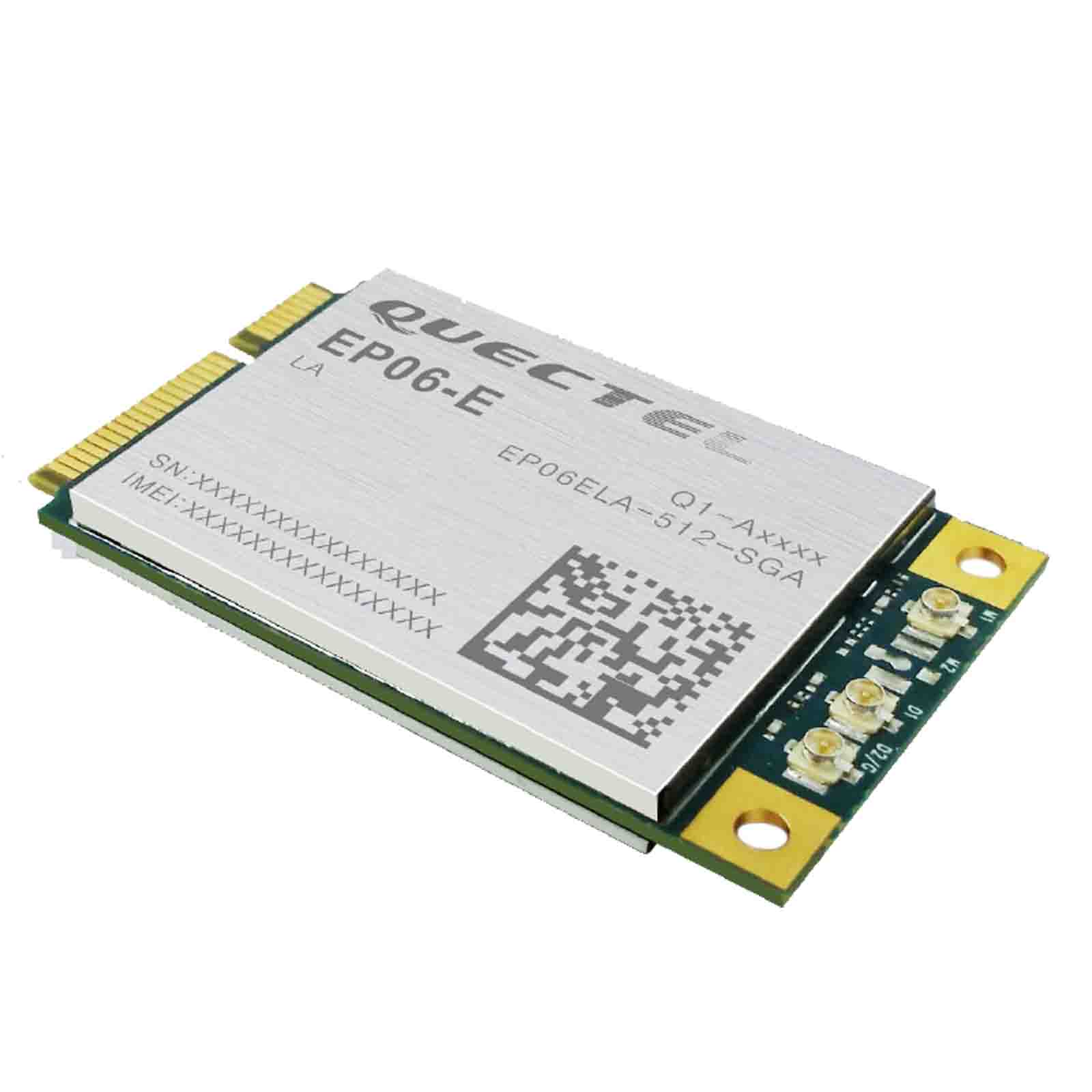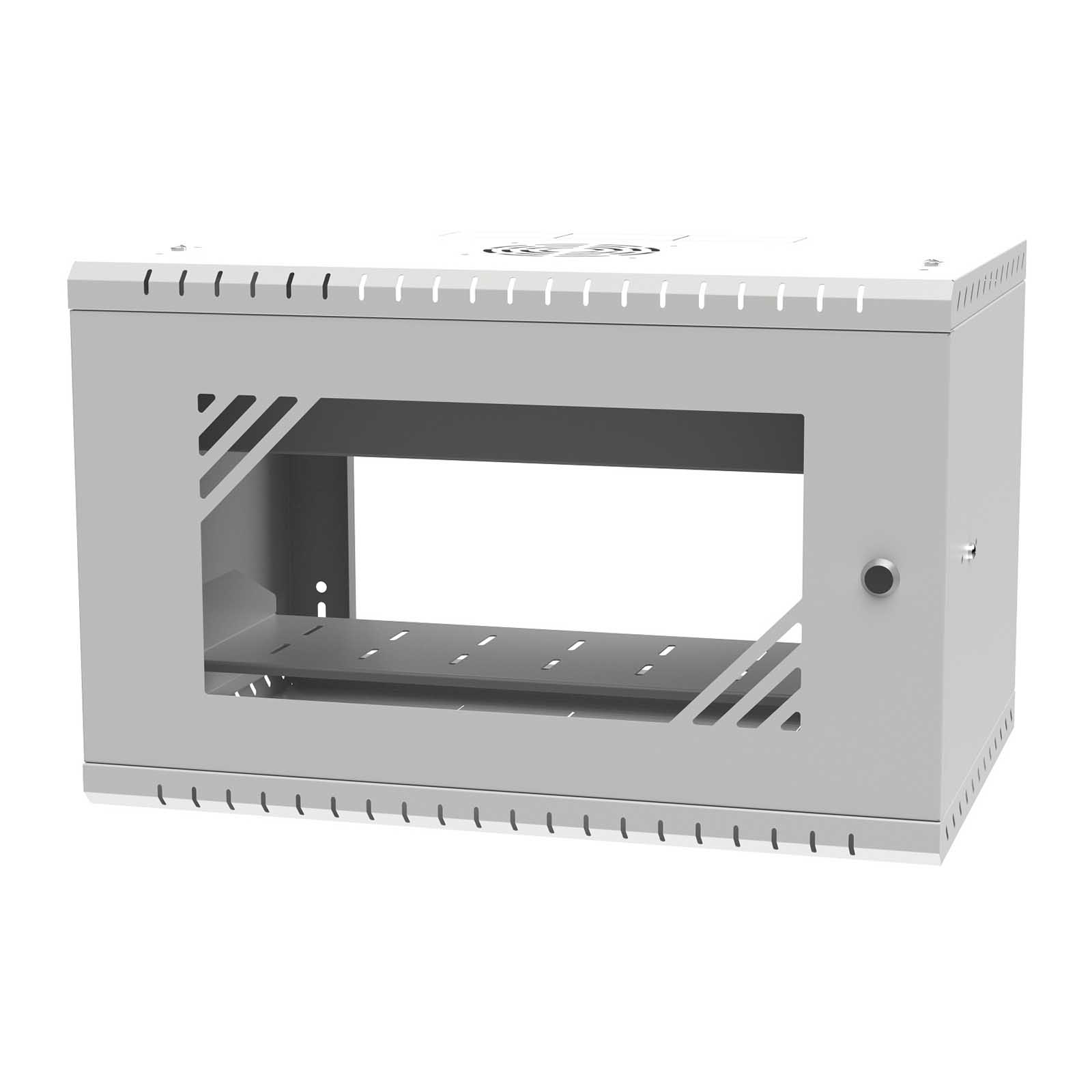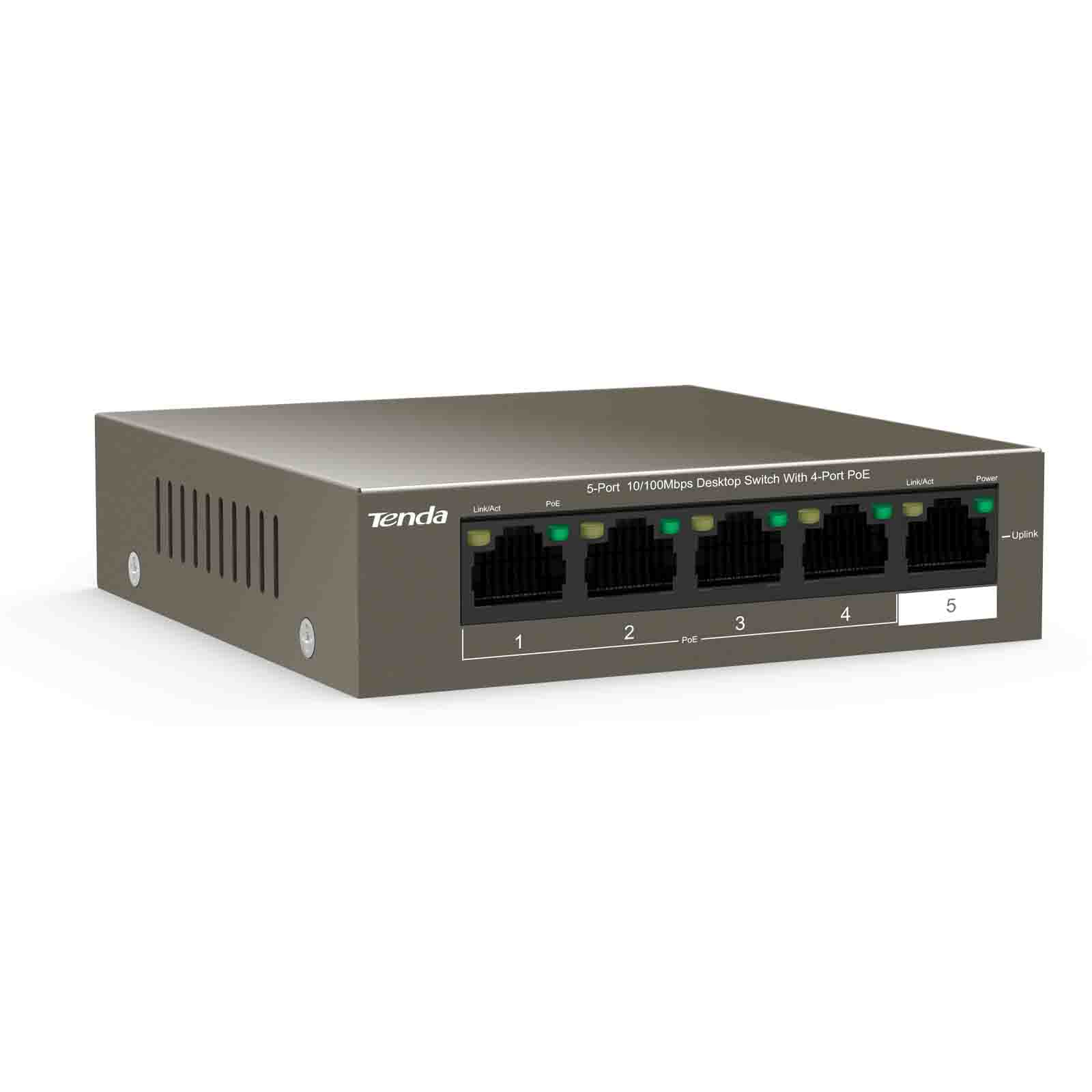Teltonika TRB142 LTE RS232 Gateway to małe, lekkie i energooszczędne urządzenie IoT wyposażone w funkcję LTE, port komunikacji szeregowej RS232, microUSB oraz procesor ARM Cortex-A7 1,2 GHz i 128Mb pamięci RAM. Karta sieciowa oparta jest na systemie Linux, z funkcjami Firewall, sieci VPN, kotroli SMS czy obsługi RMS, doskonale nadaje się do aktualizacji łączności z istniejącym lub nowym sprzętem.
TRB142 to produkt z serii urządzeń TRB marki Teltonika. TRB to seria bram przemysłowych, które są bardzo kompaktowe i ekonomiczne. Uwaga: w ofercie posiadamy również wersję TRB142 (TRB142000000) bez obudowy. Zawartość zestawu:
- TRB142
- zasilacz 9 W
- 1x antena LTE (magnetyczne mocowanie, SMA męskie, przewód 3 m)
- kabel Micro-USB (0.8 m)
- 1x klucz hex
- instrukcja obsługi
- ulotka RMS
- opakowanie
Najważniejsze cechy:
- port szeregowy RS232, microUSB, slot na kartę Mini SIM
- LTE kat. 1 do 10 Mb/s
- 1x złącze SMA dla LTE
- procesor ARM Cortex-A7 1,2 GHz i 128MB pamięci RAM
- Kompaktowy rozmiar, łatwa integracja
- Szeroki zakres napięć zasilania 9-30V
- System zdalnego zarządzania Teltonika - RMS
- Oparty na systemie operacyjnym Linux pozwalającym na dużą personalizację oprogramowania
|
MOBILE
|
|
|
Mobile module
|
4G (LTE) – Cat 1 up to 10 Mbps, 3G – Up to 42 Mbps, 2G – Up to 236.8 kbps |
|
Status
|
Signal strength (RSSI), SINR, RSRP, RSRQ, EC/IO, RSCP, Bytes sent/received, connected band, IMSI, ICCID |
|
SMS
|
SMS status, SMS configuration, send/read SMS via HTTP POST/GET, EMAIL to SMS, SMS to EMAIL, SMS to HTTP, SMS to SMS, scheduled SMS, SMS autoreply, SMPP |
|
USSD
|
Supports sending and reading Unstructured Supplementary Service Data messages |
|
Black/White list
|
Operator black/white list |
|
Multiple PDN
|
Possibility to use different PDNs for multiple network access and services |
|
Band management
|
Band lock, Used band status display |
|
APN
|
Auto APN |
|
Bridge
|
Direct connection (bridge) between mobile ISP and device on LAN |
|
Passthrough
|
Router assigns its mobile WAN IP address to another device on LAN |
|
NETWORK
|
|
|
Routing
|
Static routing |
|
Network protocols
|
TCP, UDP, IPv4, IPv6, ICMP, NTP, DNS, HTTP, HTTPS, FTP, SMTP, SSL v3, TLS, ARP, VRRP, PPP, PPPoE, UPNP, SSH, DHCP, Telnet, SMPP, SMNP, MQTT |
|
Connection monitoring
|
Ping Reboot, Wget Reboot, Periodic Reboot, LCP and ICMP for link inspection |
|
Firewall
|
Port forward, traffic rules, custom rules |
|
DHCP
|
Static and dynamic IP allocation, DHCP Relay, Relayd |
|
DDNS
|
Supported >25 service providers, others can be configured manually |
|
|
H.323 and SIP-alg protocol NAT helpers, allowing proper routing of VoIP packets |
|
QoS / Smart Queue Management (SQM)
|
Traffic priority queuing by source/destination, service, protocol or port, WMM, 802.11e |
|
Network backup
|
Mobile, VRRP, Wired options, each of which can be used as an automatic Failover |
|
SSHFS
|
Possibility to mount remote file system via SSH protocol |
|
SECURITY
|
|
|
Authentication
|
Pre-shared key, digital certificates, X.509 certificates, TACACS+, Radius, IP & Login attempts block |
|
Firewall
|
Pre-configured firewall rules can be enabled via WebUI, unlimited firewall configuration via CLI; DMZ; NAT; NAT-T |
|
Access control
|
Flexible access control of TCP, UDP, ICMP packets, MAC address filter |
|
Attack prevention
|
DDOS prevention (SYN flood protection, SSH attack prevention, HTTP/HTTPS attack prevention), port scan prevention (SYN-FIN, SYN-RST, X-mas, NULL flags, FIN scan attacks) |
|
VLAN
|
Port and tag based VLAN separation |
|
Mobile quota control
|
Custom data limits for SIM card |
|
WEB filter
|
Blacklist for blocking out unwanted websites, Whitelist for specifying allowed sites only |
|
VPN
|
|
|
OpenVPN
|
Multiple clients and a server can run simultaneously, 27 encryption methods |
|
OpenVPN Encryption
|
DES-CBC 64, RC2-CBC 128, DES-EDE-CBC 128, DES-EDE3-CBC 192, DESX-CBC 192, BF-CBC 128, RC2-40-CBC 40, CAST5-CBC 128, RC2-64-CBC 64, AES-128-CBC 128, AES-128-CFB 128, AES-128-CFB1 128, AES-128-CFB8 128, AES-128-OFB 128, AES-128-GCM 128, AES-192-CFB 192, AES-192-CFB1 192, AES-192-CFB8 192, AES-192-OFB 192, AES-192-CBC 192, AES-192-GCM 192, AES-256-GCM 256, AES-256-CFB 256, AES-256-CFB1 256, AES-256-CFB8 256, AES-256-OFB 256, AES-256-CBC 256 |
|
IPsec
|
IKEv1, IKEv2, with 14 encryption methods for IPsec (3DES, DES, AES128, AES192, AES256, AES128GCM8, AES192GCM8, AES256GCM8, AES128GCM12, AES192GCM12, AES256GCM12, AES128GCM16, AES192GCM16, AES256GCM16) |
|
GRE
|
GRE tunnel, GRE tunnel over IPsec support |
|
PPTP, L2TP
|
Client/Server instances can run simultaneously, L2TPv3, L2TP over IPsec support |
|
Stunnel
|
Proxy designed to add TLS encryption functionality to existing clients and servers without any changes in the program’s code |
|
DMVPN
|
Method of building scalable IPsec VPNs |
|
SSTP
|
SSTP client instance support |
|
ZeroTier
|
ZeroTier VPN client support |
|
|
WireGuard VPN client and server support |
|
Tinc
|
Tinc offers encryption, authentication and compression in it's tunnels. Client and server support |
|
|
|
|
ID range
|
Respond to one ID in range [1;255] or any |
|
|
Allow access through WAN |
|
Custom registers
|
MODBUS TCP custom register block requests, which read/write to a file inside the router, and can be used to extend MODBUS TCP Slave functionality |
|
|
|
|
Supported functions
|
01, 02, 03, 04, 05, 06, 15, 16 |
|
|
8 bit: INT, UINT; 16 bit: INT, UINT (MSB or LSB first); 32 bit: float, INT, UINT (ABCD (big-endian), DCBA (little-endian), CDAB, BADC) |
|
MODBUS RTU MASTER (RS232)
|
|
|
|
From 300 to 115200 |
|
Supported functions
|
01, 02, 03, 04, 05, 06, 15, 16 |
|
|
8 bit: INT, UINT; 16 bit: INT, UINT (MSB or LSB first); 32 bit: float, INT, UINT (ABCD (big-endian), DCBA (little-endian), CDAB, BADC), HEX, ASCII |
|
Number of data bits
|
From 5 to 8 |
|
|
1 or 2 |
|
Parity
|
None, Even, Odd |
|
|
None, RTS/CTS, Xon/Xoff |
|
Duplex
|
Full duplex |
|
|
|
|
Protocol
|
HTTP(S), MQTT, Azure MQTT, Kinesis |
|
|
|
|
MQTT Gateway
|
Allows sending commands and receiving data from MODBUS Master through MQTT broker |
|
|
|
|
Supported modes
|
TCP Master, DNP3 Outstation, RTU Master |
|
MONITORING & MANAGEMENT
|
|
|
WEB UI
|
HTTP/HTTPS, status, configuration, FW update, CLI, troubleshoot, event log, system log, kernel log |
|
FOTA
|
Firmware update from server, automatic notification |
|
SSH
|
SSH (v1, v2) |
|
SMS
|
SMS status, SMS configuration, send/read SMS via HTTP POST/GET |
|
MQTT
|
MQTT Broker, MQTT publisher |
|
JSON-RPC
|
MQTT Broker, MQTT publisher |
|
Modbus
|
MODBUS TCP status/control |
|
RMS
|
Teltonika Remote Management System (RMS) |
|
|
SNMP (v1, v2, v3), SNMP Trap |
|
Call
|
Reboot, Status, Mobile data on/off, Output on/off, answer/hang-up with a timer |
|
TR-069
|
OpenACS, EasyCwmp, ACSLite, tGem, LibreACS, GenieACS, FreeACS, LibCWMP, Friendly tech, AVSystem |
|
IOT PLATFORMS
|
|
|
Cloud of Things
|
Allows monitoring of: Device data, Mobile data, Network info, Availability |
|
ThingWorx
|
Allows monitoring of: WAN Type, WAN IP, Mobile Operator Name, Mobile Signal Strength, Mobile Network Type |
|
Cumulocity
|
Allows monitoring of: Device Model, Revision and Serial Number, WAN Type and IP, Mobile Cell ID, ICCID, IMEI, Connection Type, Operator, Signal Strength |
|
Azure IoT Hub
|
Can send device IP, Number of bytes send/received, Temperature, PIN count to Azure IoT Hub server, Mobile connection state, Network link state, IMEI, ICCID, Model, Manufacturer, Serial, Revision, IMSI, SIM State, PIN state, GSM signal, WCDMA RSCP, WCDMA EC/IO, LTE RSRP, LTE SINR, LTE RSRQ, CELL ID, Operator, Operator number, Connection type |
|
SYSTEM CHARACTERISTICS
|
|
|
CPU
|
ARM Cortex-A7 1.2 GHz CPU |
|
RAM
|
128 MB, DDR2 |
|
FLASH memory
|
512 MB, SPI Flash |
|
FIRMWARE / CONFIGURATION
|
|
|
WEB UI
|
Update FW from file, check FW on server, configuration profiles, configuration backup |
|
FOTA
|
Update FW |
|
RMS
|
Update FW/configuration for multiple devices at once |
|
Keep settings
|
Update FW without losing current configuration |
|
FIRMWARE CUSTOMIZATION
|
|
|
Operating system
|
RutOS (OpenWrt based Linux OS) |
|
Supported languages
|
Busybox shell, Lua, C, C++ |
|
Development tools
|
SDK package with build environment provided |
|
INPUT/OUTPUT
|
|
|
I/O juggler
|
Allows to set certain I/O conditions to initiate event |
|
Output control
|
HTTP POST/GET, Schedule |
|
Configurable I/O
|
2 x Configurable Inputs/Outputs. Digital input 0 - 5 V detected as logic low, 8 - 30 V detected as logic high. Open collector
Configurable I/O output, max output 30 V, 300 mA. Configurable Inputs/Outputs are not available in TRB142*2**** |
|
Events
|
Email, RMS, SMS |
|
POWER
|
|
|
Connector
|
4 pin industrial DC power socket |
|
Input voltage range
|
9 – 30 VDC, reverse polarity protection; surge protection >31 VDC 10us max |
|
Power consumption
|
< 5 W |
|
PHYSICAL INTERFACES (PORTS, LEDS, ANNTENAS, BUTTONS, SIM)
|
|
|
USB
RS232
|
1 x Virtual network interface via micro USB
1 x DB9 socket |
|
I/Os
|
2 x Configurable I/O pins on 4 pin power connector (I/O not available in TRB142*2****) |
|
Status LEDs
|
3 x connection type status LEDs, 5 x connection strength LEDs, 1 x Power LED |
|
SIM
|
1 x SIM slot (Mini SIM – 2FF), 1.8 V/3 V |
|
Power
|
1 x 4-pin power connector |
|
Anntenas
|
1 x SMA for LTE |
|
Reset
|
Reboot/User default reset/Factory reset button |
|
PHYSICAL SPECIFICATIONS
|
|
|
Casing material
|
Aluminum housing |
|
Dimensions
|
74.5 x 25 x 64.4 mm |
|
Weight
|
135 g |
|
Mounting options
|
Bottom and sideways DIN rail, Flat surface |
|
OPERATING ENVIRONMENT
|
|
|
Operating temperature
|
-40 °C to 75 °C |
|
Operating humidity
|
10 % to 90 % non-condensing |
|
Ingress Protection Rating
|
IP30 |
|
REGULATORY & TYPE APPROVALS
|
|
|
Regulatory
|
CE/RED, EAC, RoHS, WEEE |
|
EMI
|
|
|
Standards
|
Draft ETSI EN 301 489-1 V2.2.0, Draft EN 301 489-19 V2.1.0, Draft ETSI EN 301 489-52 V1.1.0 |
|
ESD
|
EN 61000-4-2:2009 |
|
RS
|
EN 61000-4-3:2006 + A1:2008 + A2:2010 |
|
EFT
|
EN 61000-4-4:2012 |
|
Surge protection
|
EN 61000-4-5:2014 |
|
CS
|
EN 61000-4-6:2014 |
|
DIP
|
EN 61000-4-11:2004 |
|
RF
|
|
|
Standards
|
EN 300 511 V12.5.1, ETSI EN 301 908-1 V11.1.1, ETSI EN 301 908-2 V11.1.2, ETSI EN 301 908-13 V11.1.2 |
|
SAFETY
|
|
|
Standards
|
IEC 62368-1:2014(Second Edition), EN 62368-1:2014+A11:2017 EN 50385:2017 EN 62232:2017 |
|
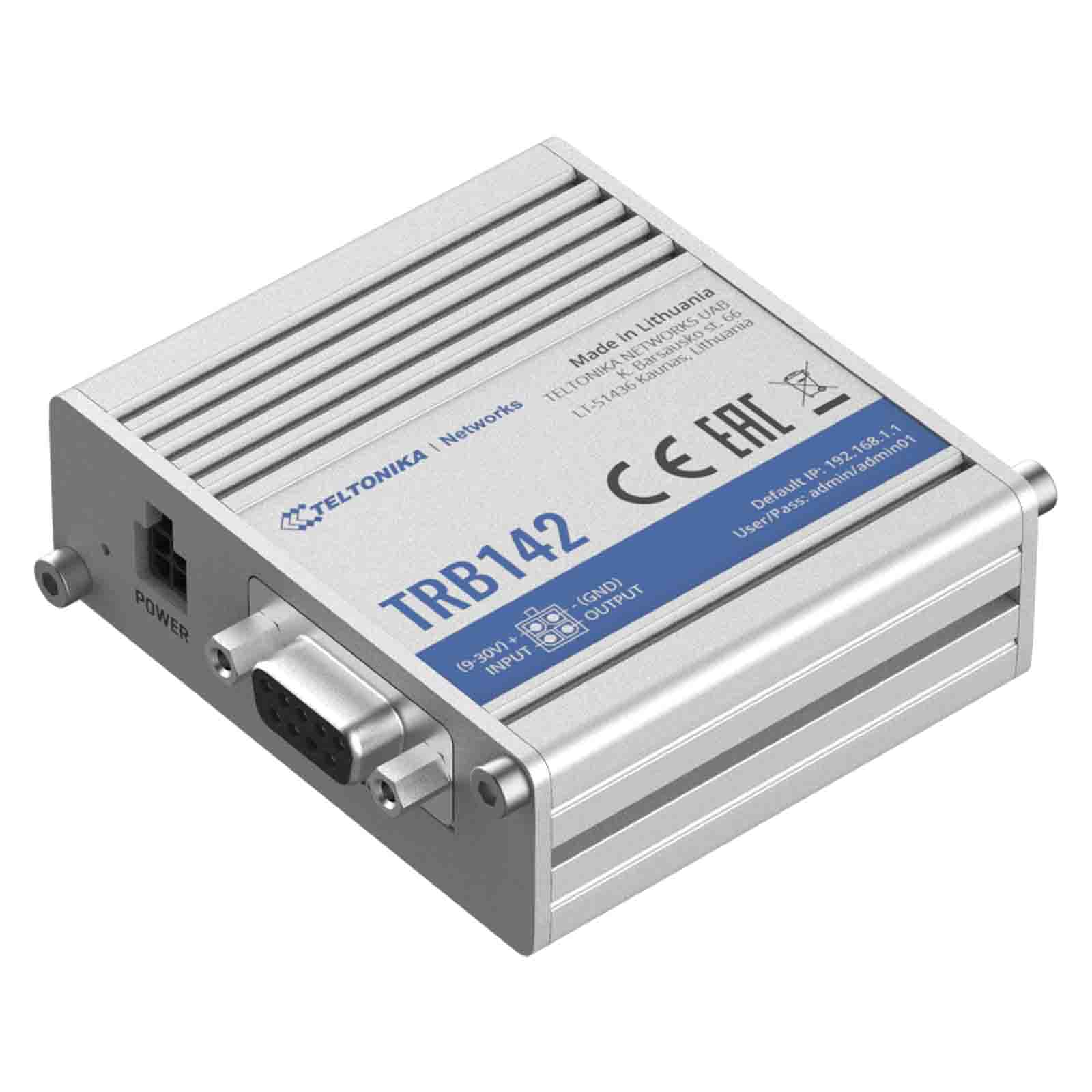
 Najtańsza dostawa: (pokaż wszystkie)
Najtańsza dostawa: (pokaż wszystkie)


















